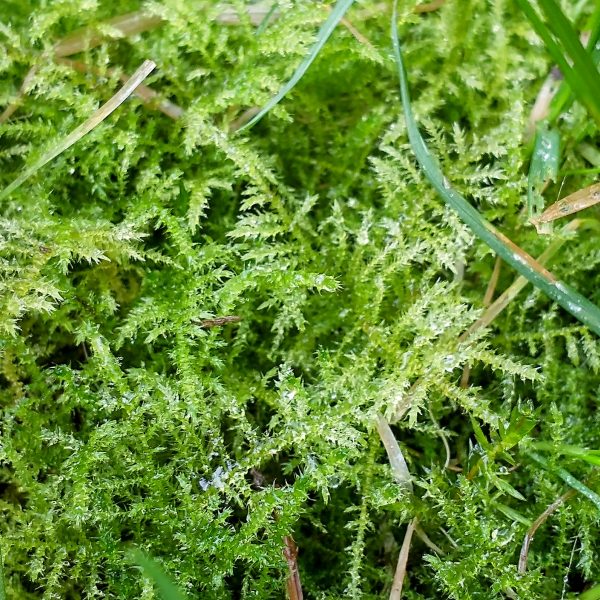Seaford mosses
In February after enjoying reading Leif Bersweden’s recent book Where the wild flowers grow I followed him on Instagram (@leifbersweden) in time to find him advocating us all having a closer look at mosses (#couchto10mosses).
Being early in the year I wasn’t out and about much but I did have a mooch around my own garden, and kept an eye open on my walk to work. I only managed three out of ten, but that’s three I wasn’t aware of before!
Wall screw-moss – Tortula muralis
This was easy to spot and ID from Leif’s explanation “it’s covered in reproductive stalks called sporophytes. The head on the sporophytes (called the capsule) looks like a chilli and sticks straight up into the air.” Surprisingly enough I found it growing on a wall – see top image.

Capillary thread-moss – Bryum capillare
This one was growing in my back garden on an old pallet I was using to make a compost heap. The red petals you can see are dried rose petals. Leif says “The sporophytes have red stems… At the top of each sporophyte there’s a nodding green head… Each tong-shaped leaf ends in a little hair.” For my moss I wouldn’t go as far as to say red stems, but maybe a pinkish tinge in the right light!

Common feather moss – Kindbergia praelonga
This one was growing in my lawn. Leif says “Its branches are spaced fairly regularly along the central stem making it look like a mini Christmas tree… Most branches are unbranched… The tiny leaves stick out, spreading away from their branches.”

I should say that Leif also provided multiple Instagram images for comparison, and tips as to how the mosses might be confused with other species.
Read about my methods for identifying wildflowers.

